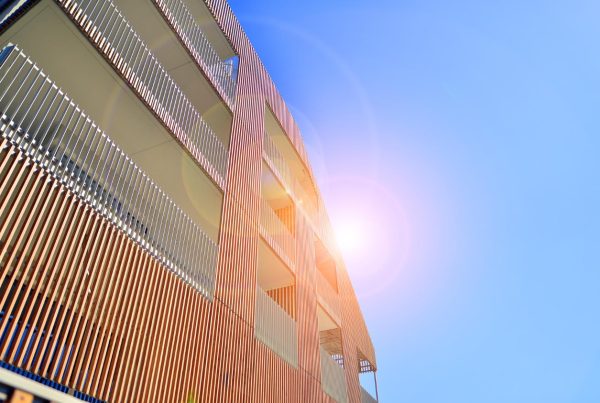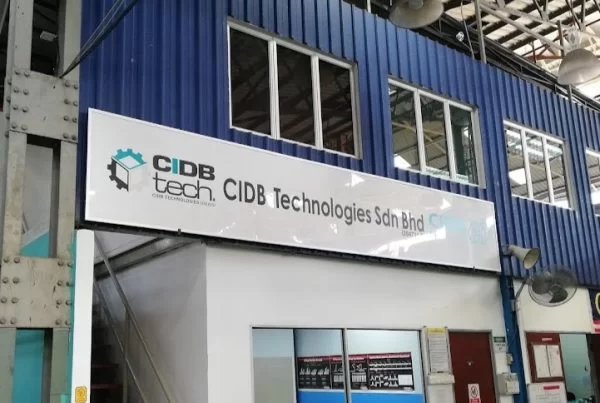
At the epicentre of the sustainable construction revolution lies a crucial challenge — redefining cement and mitigating its substantial environmental impact. Cement, a cornerstone of construction, is a significant contributor to global carbon emissions, comprising 8% of the world’s CO2 emissions. The urgency to align with the emission reduction targets of the Paris Agreement for 2030 has spurred the exploration of ground-breaking solutions, and living building materials are at the forefront of this transformative journey.
In response to the imperative for sustainability, the construction sector is witnessing a paradigm shift in how we perceive and utilise construction materials. Living building materials are emerging as innovative solutions to revolutionise the carbon-intensive nature of traditional cement production.
Notably, the sector is exploring revolutionary concepts such as self-replicating concrete and self-mending biocement. These developments mark a departure from conventional construction materials, paving the way for a more sustainable future.
Biocement, a pivotal focus within living materials, represents a departure from traditional cement production methods. Cultivated using biological materials instead of relying on non-renewable resources, biocement introduces a transformative approach to construction.
What sets biocement apart is its extraordinary ability to absorb CO2 during the production process, in stark contrast to the carbon-emitting processes inherent in conventional cement production. This unique characteristic positions biocement as a catalyst for change, offering an eco-friendly alternative that aligns with the imperative for reducing carbon emissions.
As global construction demands escalate, these advancements in living materials transcend mere innovation, becoming imperative strides toward fostering a sustainable and environmentally conscious future.
The journey to redefine cement exemplifies the industry’s commitment to embracing transformative technologies that address immediate environmental challenges and set the stage for an ecologically responsible and resilient construction landscape.
Article 1: Decoding Carbon Emissions: Building a Greener Tomorrow














